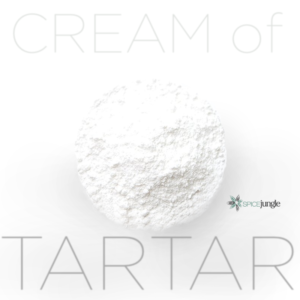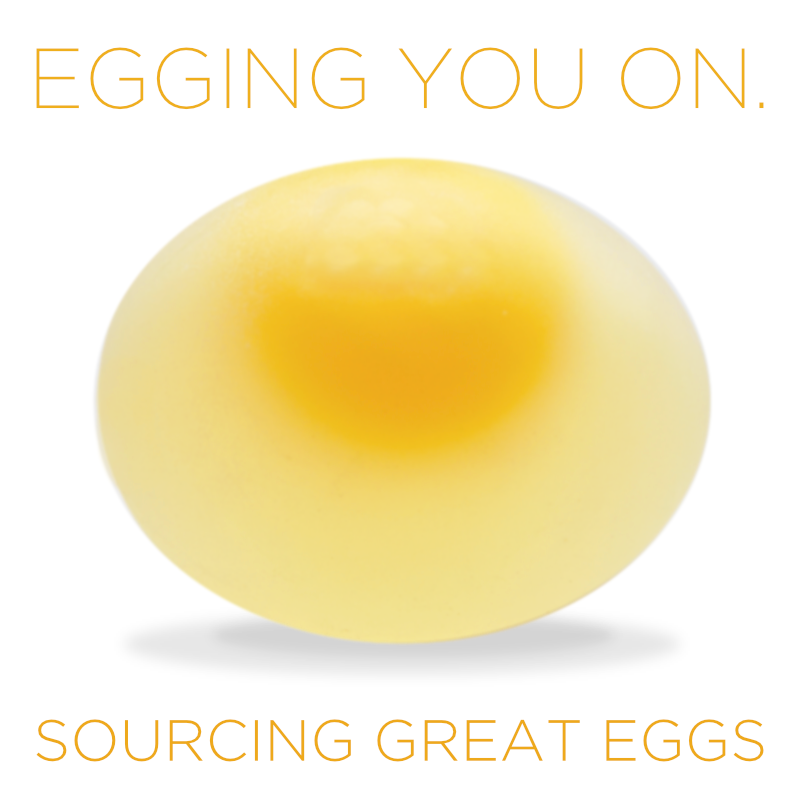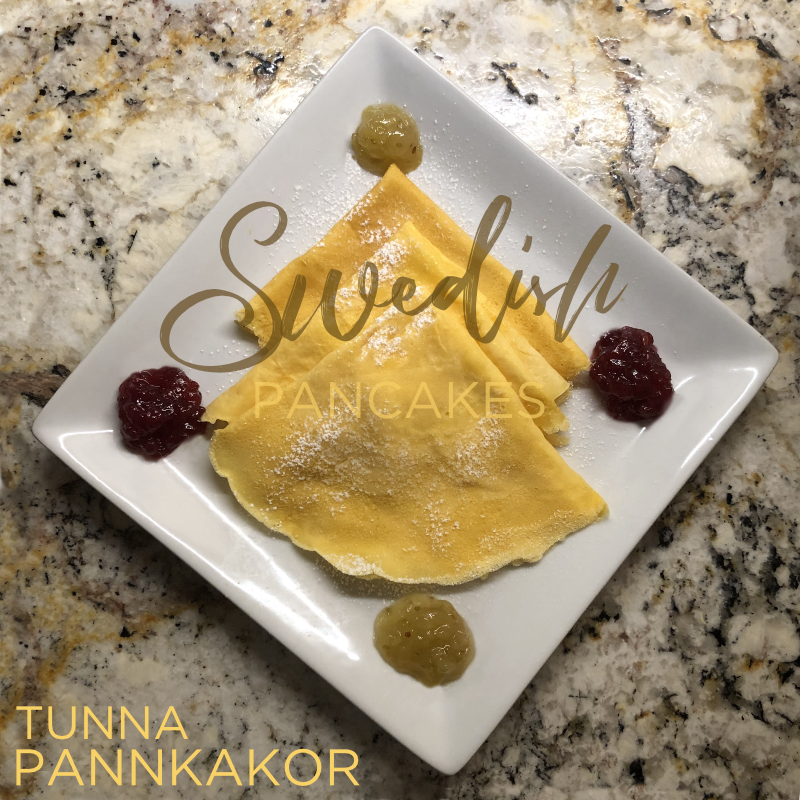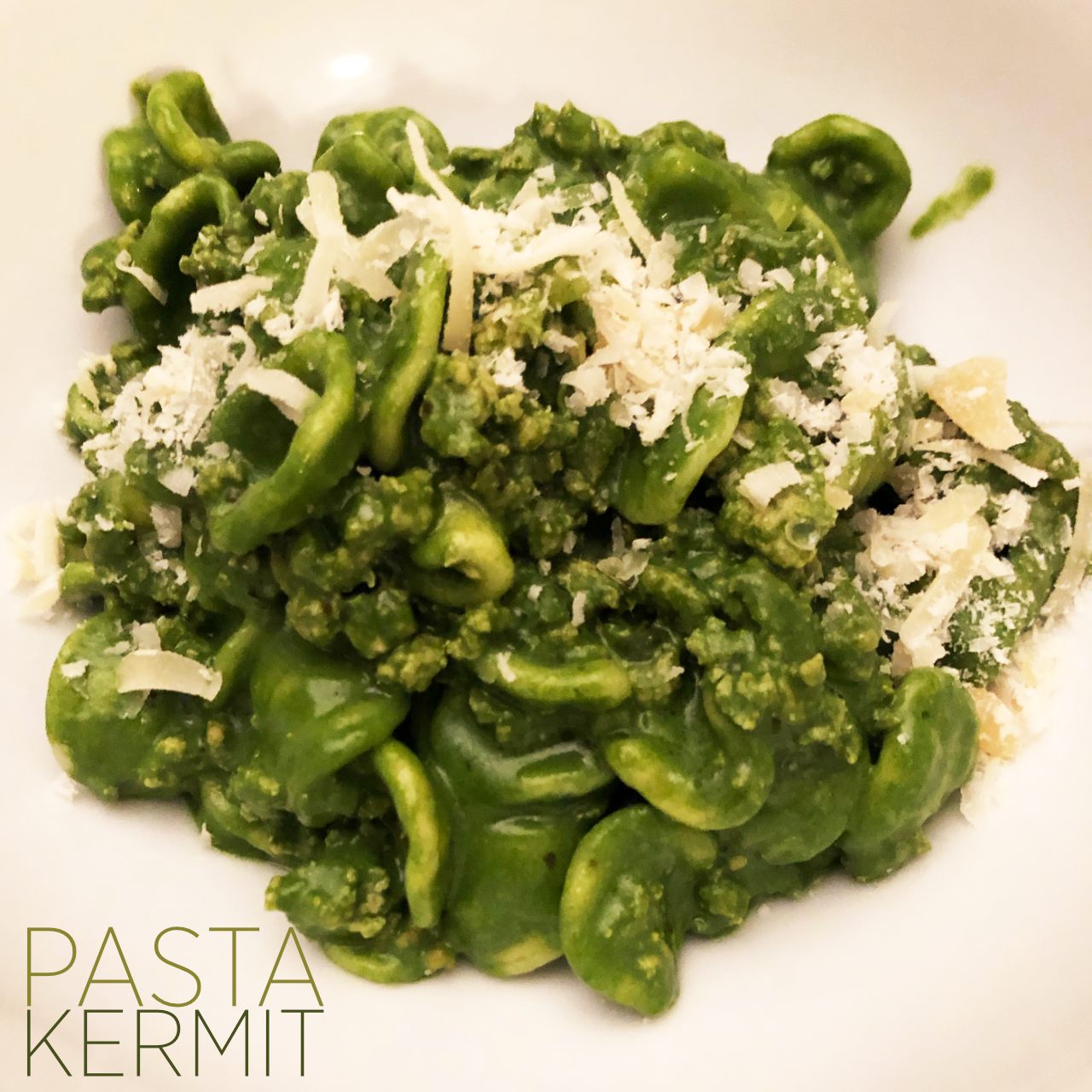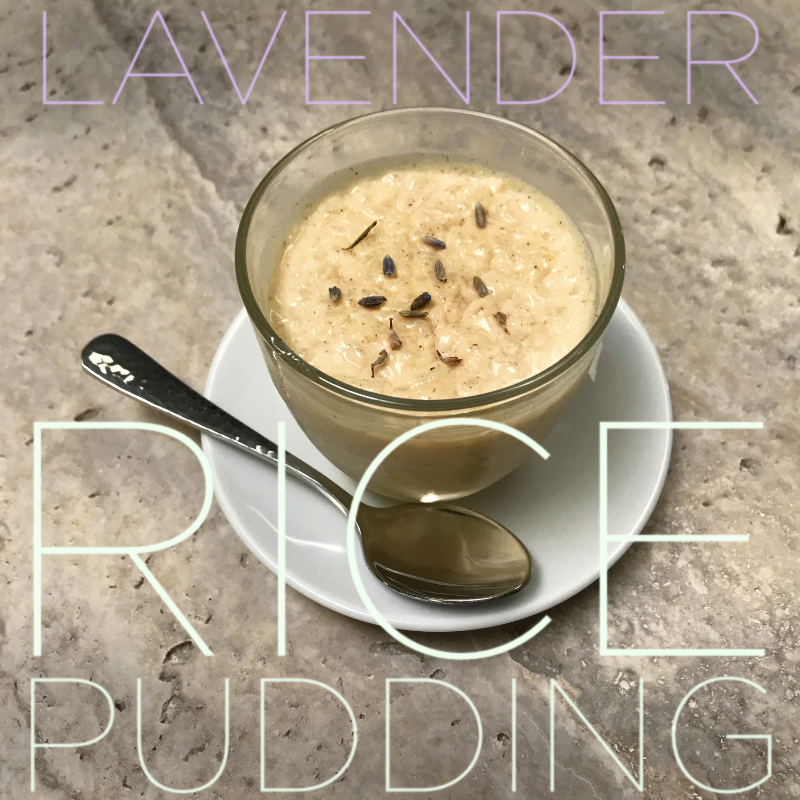
Rice pudding that sings? If you don’t think rice pudding is just grandma’s soupy or gooey glop, try this luscious lavender infused version made with a little science, better sugars, and soul, and you’ll stop singing the blues!
WHY “LADY DAY?”
Amazing dishes need amazing honorees. Billie Holiday, “Lady Day” was a jazz singer beyond elegant, sensual, soulful.
Yes, there are a million rice pudding recipes. Baked. Boiled. Steamed. Million of moms and even celeb chef ones. I’ve been through a ton of them. The problem with pretty much all of them? You make them without thinking about the ingredients, or understanding the “whys” that will free you from boxed Jell-O and let you improvise your own pudding pièce de résistance:
Most of the rote recipes that I’ve read or cooked rely on the easy-happy of fats, and don’t honor the aromatic ingredients or the basic, simple chemistry of pudding in the way that they’re prepared.
American Pudding 101
Puddings are not magic. They’re thickened milk, with sugar and flavorings in them. Not much mystery in the making.
What makes them magic are the flavors and any textures that you add. Rice is a texture. Flavors, like a high quality vanilla, cinnamon, and, here a little culinary lavender, are better than just adding fats, more cream in this case, as a happy. They make you smile, without making your waist line expand. Likewise, using pre-made rice that’s been washed and had the excess starch removed lightens up the pudding dramatically.
Puddings are pretty easy to create perfectly if you don’t overcook them. How they thicken is what separates the bland box from the wonderful wow. Instead of bogging them down with starches that make them gooey, go lighter in texture and richer in mouth feel:
The incredible egg! It’s rich! It’s strong! It binds and lifts!
As we’ve talked about with perfect eggs, the proteins in both whites and yolks bind together with our temperature mantra:
68/154 gives your eggs a little more.
Yolks are 50% water. So, as Hervé This points out in Molecular Gastronomy, 68°C or 154°F is where the water in the egg cooks out with enough time for the proteins to build and bind to make them light and wonderful. We can let it get a bit hotter, but if we want to maintain that light consistency, we have to avoid destroying them.
That presents us with a challenge:
The Pudding Paradox
The ideal temperature to create puddings without boiling them to goo or mush is 170°-172°F/76°-78°c, about 18°F/10°c more than where our “binder” eggs, do their best work. How to fix that?
Meet Cream of Tartar (CofT). Yes, that jar of white stuff mocking you from your aromata or spice rack!
You bought it for that scone or other recipe that called for it, but you really have no idea what it does. Truth!
Cream of tartar helps the proteins in eggs and milk, among other things, solidify better at higher temperatures, without becoming rubbery or tough.
In an American pudding, we have eggs. We have milk. We need them thicker. We need a bit more heat… Hmmm… Cream of Tartar!!
Read my piece on it, It’s about to rock your world here by making one of the most delicate and flavorful puddings that will come out of your pots!
USED RICE
Rice pudding is best as a follow-up to a rice served for a meal, where you either have a couple of cups left over, or you add a couple to your meal prep to make the following day.
If you use a rice cooker, the best way, just make sure that the rice stays moist overnight by adding a little water, a tablespoon or so, and stirring it in before you close up your rice cooker for the night. Anyone who has used a rice cooker for a long time knows this trick to keep rice for 2-4 days.
You can refrigerate the rice overnight, but if you do, then reheat it on 50% in the microwave with a tablespoon of water prior to using in this recipe to warm it through. Warmed or reheated, the preservation of moisture in the grains of rice keep the cooking time short enough to maintain the heat at the levels we want for the eggs.
PREPARE “NEW” RICE RIGHT
If you cook rice in advance for this dish, rather than use leftovers, always wash any jasmine or basmati rice rice 3-4 times in water before starting to cook it. Don’t use heavily starchy rice. It will affect how this light dish comes together. If you have setting for “Firmer” then use that. It will approximate rice that’s been sitting 24-40 hours in a rice cooker.
DO NOT USE PARBOILED, corner cutters. It is not built well for this kind of recipe because you can’t control the starches in a rice that often is “treated” as its parboiled to not stick, and locks in starches that release oddly when put into a low-temp pudding.
THE EVER-PRESENT RAISIN DEBATE
I would suggest you try this without. For you raisin-at-all-costs rice pudding fiends, though, this pudding’s lavender gives it a very delicate aroma and taste. Raisins have a pop of their own, and certainly you can sub out the lavender for them. If you want to dare to do both, might I suggest using currants, champagne-grape sized raisins, instead? 1/4 cup in a glass measuring cup, covered to just over the top of them with water, popped into the microwave for two minutes BEFORE you start your prep and allowed to cool/absorb. Then strain off the liquid and keep it for up to seven days. (It’s great in teas, mixed alcoholic drinks, and more as a flavoring.)
LACTOSE-FREE SUBSTITUTIONS
 If you use Fairlife whole milk, the only lactose-free milk that I’ve used that isn’t disgusting, and Organic Valley‘s lactose-free half & half instead of the cream, you still get amazing results.
If you use Fairlife whole milk, the only lactose-free milk that I’ve used that isn’t disgusting, and Organic Valley‘s lactose-free half & half instead of the cream, you still get amazing results.
Serves: 8
PREP & COOK TIME: 15 – 20 Minutes with pre-made rice; 60-90 minutes with rice cook
THE STUFF
- 2 cups / 1 pound, approx., pre-cooked jasmine or basmati rice
- 560 ml. / 2.25 cups Stonyfield Organic Whole, 2% Milk or Skim Milk (Richness variations)
- 125 ml. / 1/2 cup heavy cream
- 2 egg yolks, Vital Farms or similar
- 150 g / 2/3 cup dextrose
- 75 g. / 1/3 cup caster sugar or organic sugar
- 2.5 g. / 1/2 tsp. Saigon/Vietnamese cinnamon
- 1.25 g /1/4 tsp. ground nutmeg
- 10-15 culinary lavender buds
- 2.5 ml. / 1/2 tsp. Beanilla Double-Fold Madagascar Vanilla extract* (*If using single fold, 1 tsp.)
- 2.5 g / 1/2 tsp. Himalayan pink salt
- 5 g. / 1 tsp. cream of tartar
- 5 ml / 1 tsp. water
MISE EN PLACE
- 1 Quart / 14 cm Saucepan
- Balloon whisk
- Silicone spatula
- Thermapen or digital thermometer
- 1 Mini prep glass bowl
- 8 glass pudding cups or a large container
- Ozeri Digital Scale wet ingredients and dry ingredients work bowls (Zero/Tare weight of bowl) OR:
- 2 Cup/.5 Liter Measuring Cup
- 1/3 Cup Dry Measure
- Measuring spoon set (US)
- Small tasting spoons for stirring and a couple for taste checks.
- Soup ladle
HOW-TOS
- Have your rice warm and at the ready, Thermapen out because temperature control is everything here.
- Measure the cream of tartar and set aside.
- Measure your dry ingredients by metric weight into your dry ingredients work bowl (ideal) or with spoons (US)
- Separate two egg yolks into the mini glass prep bowl, and lightly beat together with a tsp of water.
(Reserve the whites by cracking the egg over a storage container to use for another recipe or a nice omelette another day.) - Put the saucepan on the stove, and set to low (gas) med/low (Electric 2-3); Add the milk, cream, vanilla extract and your dry ingredients workbowl. Everything EXCEPT the rice, egg yolks and cream of tartar.
- Whisk together. Your Saigon cinnamon will float a bit even after whisking. This isn’t unusual.
- When the ingredients reach 68°c/154°F, whisk in the egg mixture with the spatula. Scrape out the container with the raw egg yolk for any leftover with the spatula. Whisk in.
- Add the warm rice and stir with your spatula to integrate. (If you add cold rice, wait for the mixture to return to 68°c/154°F.). Whisk periodically making sure to scrape the bottom, edges and sides so nothing starts to stick.
- Take the cream of tartar. Using your fingers, pinch off bits and sprinkle it over the top of the rice in the pot. Whisk in.
- Stir periodically, scraping the bottom so it does not burn. As the temperature rises, it will begin to thicken 5-8 minutes on gas, a bit longer for electric. When the temp reaches 170°-172°F/76°-78°c and is thickening up nicely, take off the heat.
- Ladle into the small serving cups or a larger container. sprinkle with a touch of cinnamon and/or 6-8 lavender buds each. Put in the refrigerator to set for at at least two hours or until fully chilled. Cover with plastic wrap or serve.




